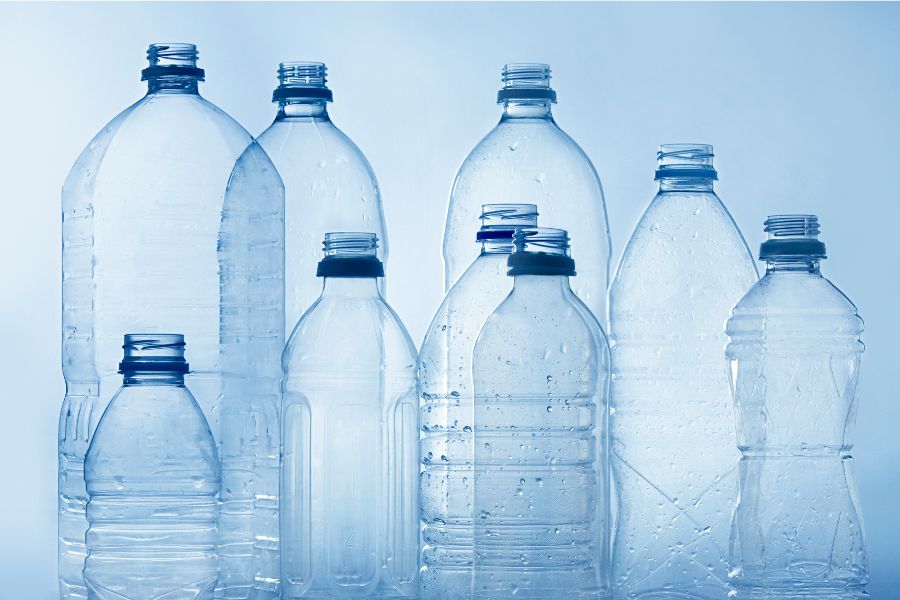Plastic – a chain of synthetic polymers – was invented in the middle 19th century. Large-scale production was not active until World War II and had its peak in the 1970s. Plastic material became popular due to its use and economic cost. Specifically, traditional paper and glass packaging were replaced by more durable and affordable plastic alternatives (Al-Salem, Lettieri, Baeyens, 2009; Lindwall, 2020).
Plastics have helped make a vast array of commodities more affordable, supporting many economies. The surge in plastic production over the past decades has contributed to the prosperity of many global economies (Vuleta, 2022). They have good strength to weight ratio. They are durable and inexpensive, and therefore the preferred material for most disposable medical tools, equipment, and packaging (Chen, Ciacci, Sun, & Yoshioka, 2020; Parashar & Hait, 2021). However, regarding the current time, studies indicate that COVID-19 is highly contagious and could remain viable on plastic surfaces for several days (Chin et al., 2020; van Doremalen et al., 2020; Nghiem et al., 2020).
Despite the arguments that plastic is destroying the planet, the global plastic appreciation has become an addiction. Single-use plastics were declared the "word of the year" by Collins Dictionary in 2018 (Vuleta, 2022).



